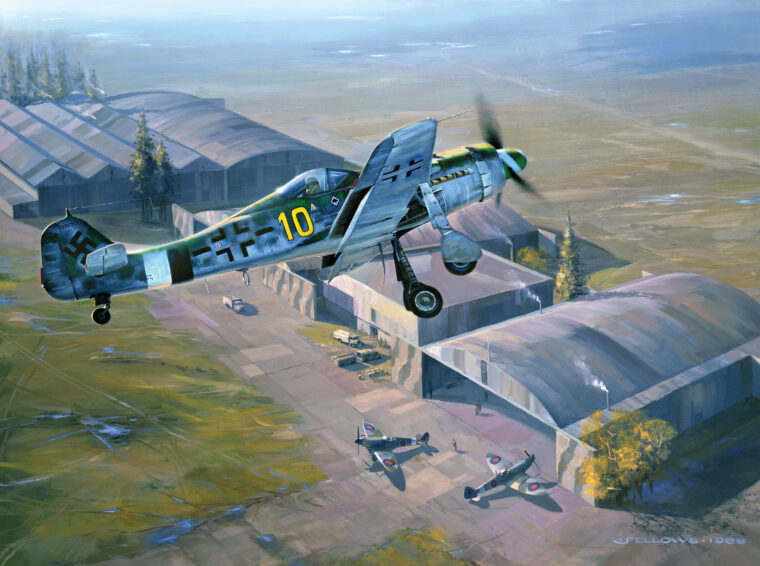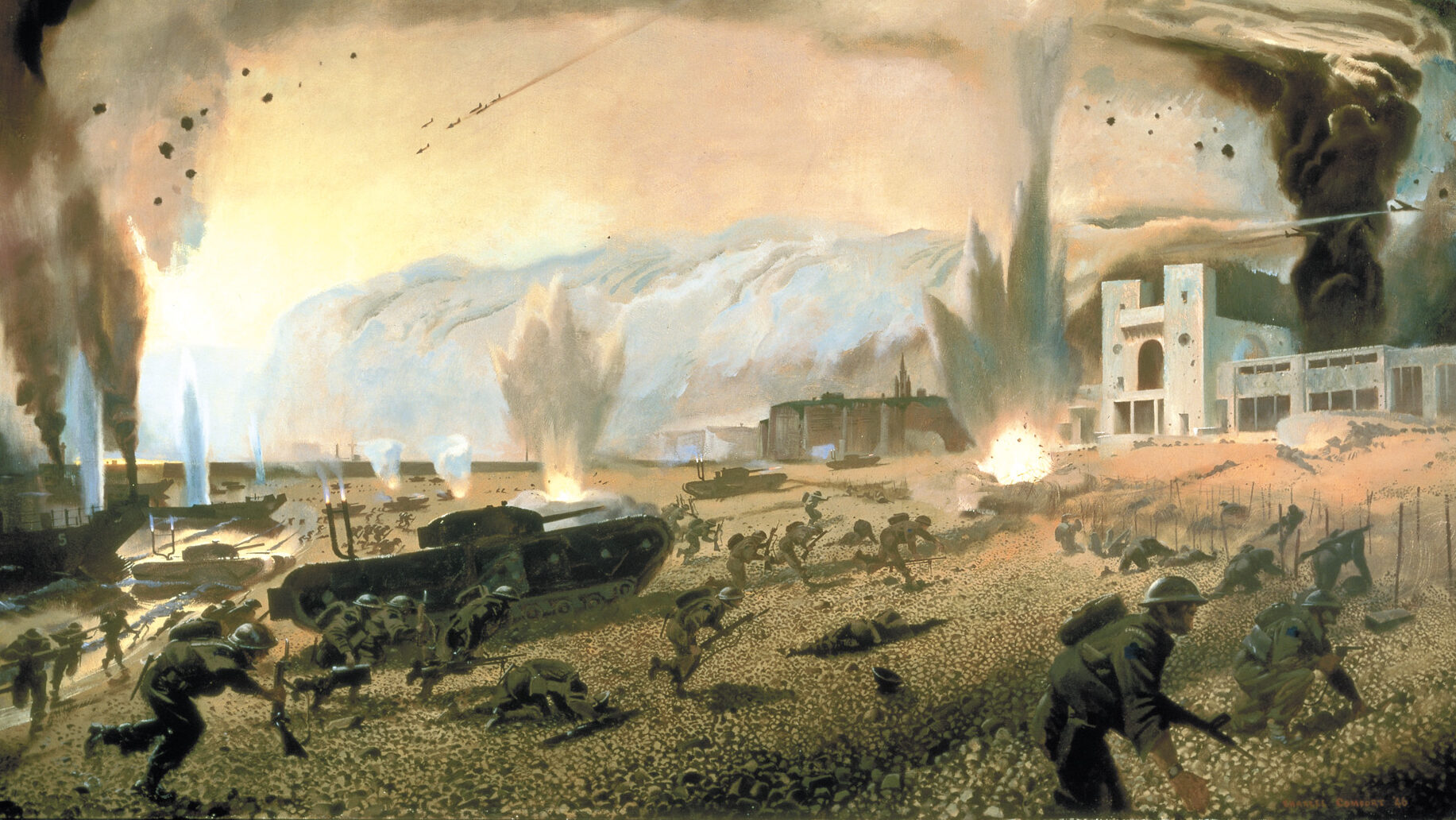
WWII
Taking the Brunt
By Alan DavidgeMost of the action during the Battle of Britain in the late summer of 1940 took place over southern England where Royal Air Force Spitfires and Hurricanes began to dominate dogfights against their German rivals. Read more
























